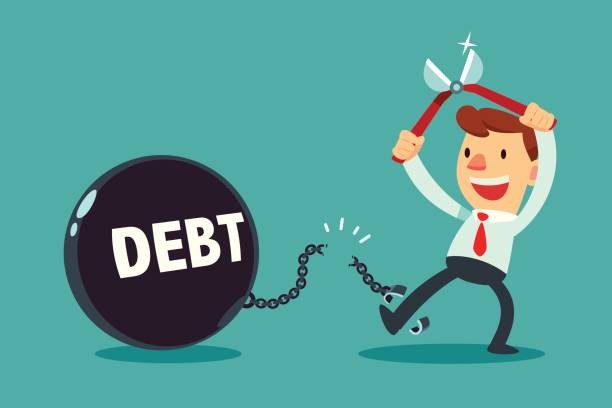You need the right mindset, tools, and discipline to break free from the debt trap and achieve financial stability. Saving money is crucial. This article will show practical steps to control your finances and build lasting financial stability.
Step 1: How To Save Money
The first step in saving money is gaining a complete view of your financial situation by listing out the following:
- All sources of income (job, side gig, investments, etc.)
- Every fixed and variable expense (rent, subscriptions, groceries, etc.)
- All outstanding debts and their interest rates
Compare your monthly income to spend to identify opportunities for savings.
Step 2: Measurable Financial Goals
With your full budget in view, set clearly defined goals like:
- Pay off credit card debt within 1 year
- Build emergency fund savings to 5-10 Lakhs in 2 years
- Save 20% of income each month for retirement
Having measurable targets keeps you focused and motivated. And the timeline creates urgency. Revisit goals regularly and adjust as needed.
Step 3: Make a Detailed Budget
A well-thought-out budget aligns with your financial goals. It should include:
- Income
- Fixed costs like rent and car payments
- Variable spending on groceries, dining out, etc.
- Debt payments
- Savings contributions
Adhering to your budget to save money is important, even if it requires discipline effectively.
Step 4: Reduce Expenses Wherever Possible
Cutting expenses frees up more money to pay off debt and boost savings. Look for ways to spend less on:
- Housing – Consider downsizing or getting a roommate
- Dining and entertainment – Eat out less, look for free local activities
- Monthly subscriptions – Cancel ones you don’t really use
- Groceries – Buy generic brands, shop sales, avoid impulse purchases
- Transportation – Use public transit or carpool when you can
Even small cuts make a difference over time. Every rupee saved is one step closer to crushing debt.
Step 5: Open an Online Bank Account
Open account online provides some major benefits for saving:
- Higher interest rates – Online banks tend to offer higher yields on savings
- Lower fees – Many online accounts have no monthly maintenance fees
- Easy access – Monitor your finances and move money anytime, anywhere
- Automation – Set up automatic transfers from checking to savings
Opening an online bank account takes just minutes. Make sure to set up a recurring transfer to savings when activating your account.
Step 6: Pay Down High-Interest Debt Fast
Credit cards, payday loans, and other high-interest debt can wreck your finances. Make paying them off ASAP a top priority by:
- Paying well above the minimum due each month
- Putting any windfalls like tax refunds toward the balances
- Working overtime or getting a side gig to make extra payments
- Consolidating multiple debts into a lower-interest loan
Step 7: Build an Emergency Fund
After paying off debt, begin saving for emergencies. Here’s how:
- Set a goal – experts recommend 3-6 months of living expenses
- Make regular contributions – even small amounts add up over time
- Put windfall money here – bonuses, tax refunds, etc.
- Keep it accessible – in a high-yield online savings account
Step 8: Invest for Long-Term Growth
Investing for the long term is crucial for financial security. Creating a diversified portfolio, contributing regularly to retirement accounts, and making informed investment choices can help individuals achieve their financial goals and build a strong foundation for the future.
● Rate of Interest
Choose a high interest rate savings account to ensure your money grows over time, even when it’s not being used.
● Convenience
Ease of transactions and overall convenience should be a primary factor when choosing a savings account, as frequent access is often necessary.
● Accessibility
Consider the accessibility of the bank, both physically and through online or phone banking options. Ideally, open an account at a nearby branch. Ensure basic communication channels like email, phone, and mobile apps are available.
● Minimum Balance and Charges
Savings accounts have charges like maintaining a minimum monthly balance. Inquire about interest rates and minimum balance requirements to avoid fees for falling below the threshold. Transaction and ATM withdrawal fees are other expenses to be aware of.
Conclusion
To escape debt and learn to save effectively, use proven budgeting strategies and online banking tools. This process requires time and dedication, but it allows you to take control of your finances, crush debt, and build lasting wealth and stability.

